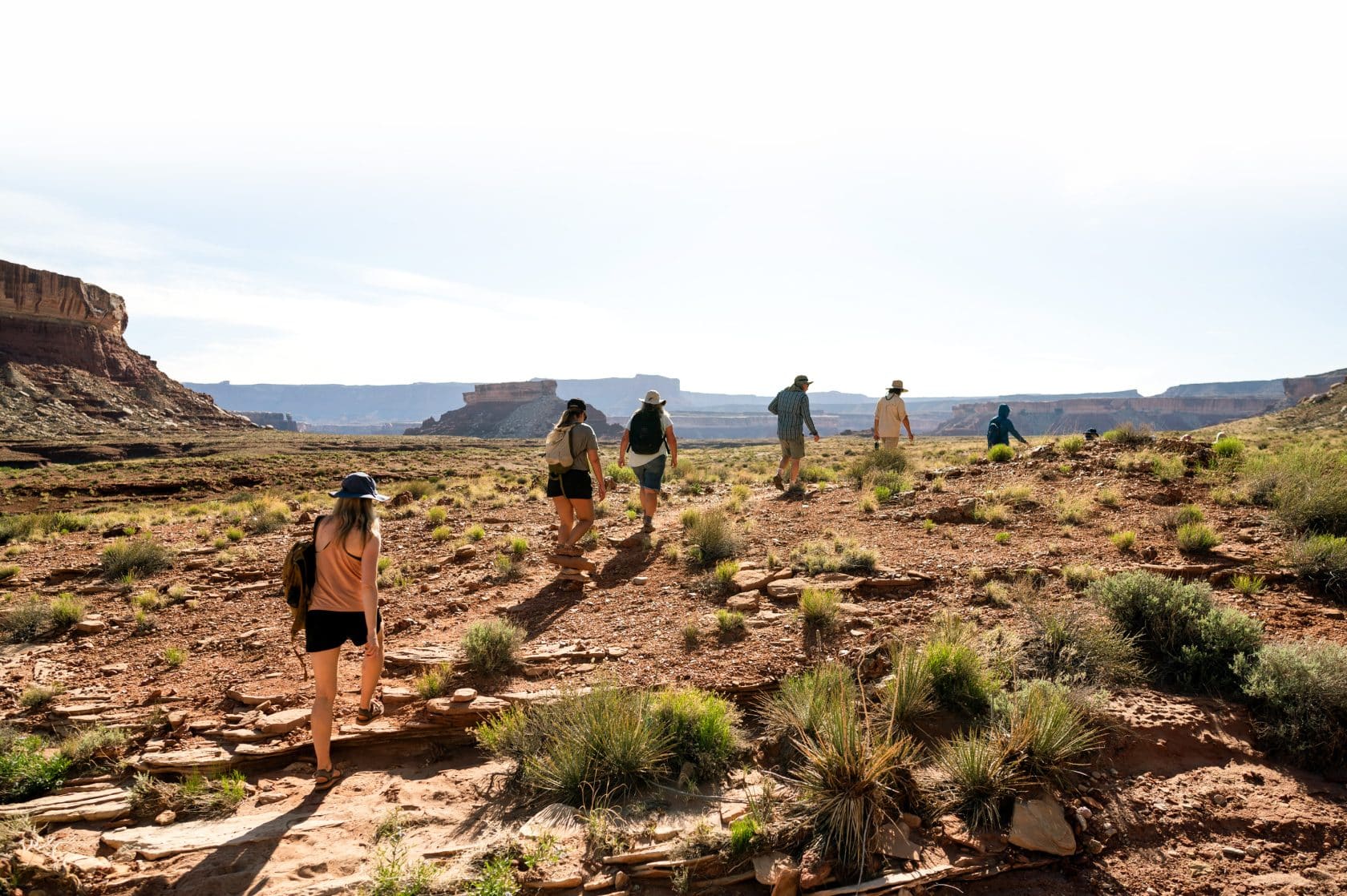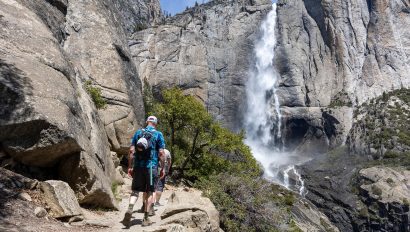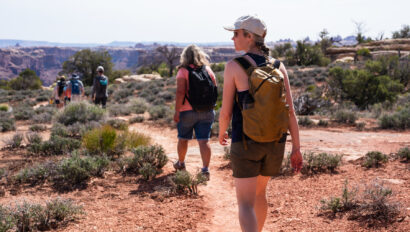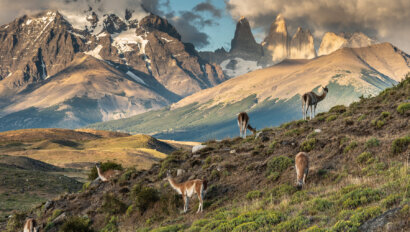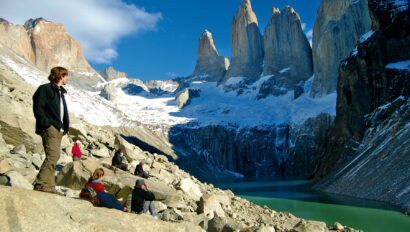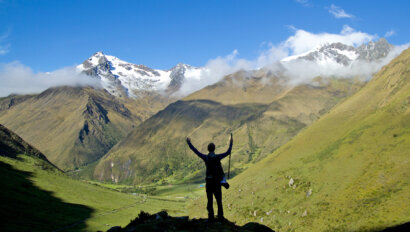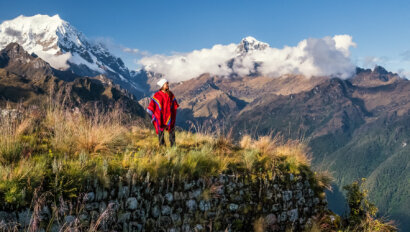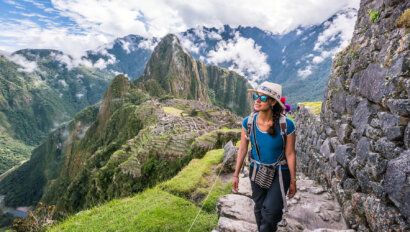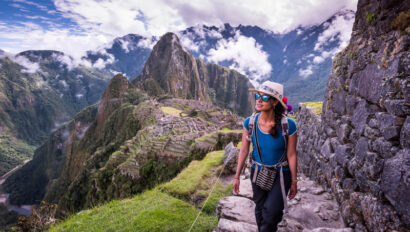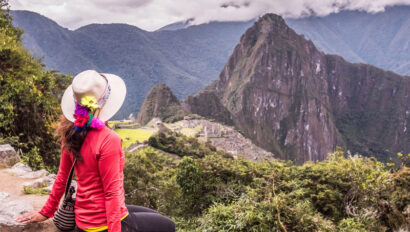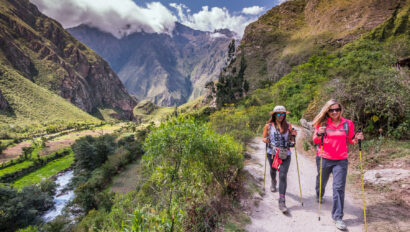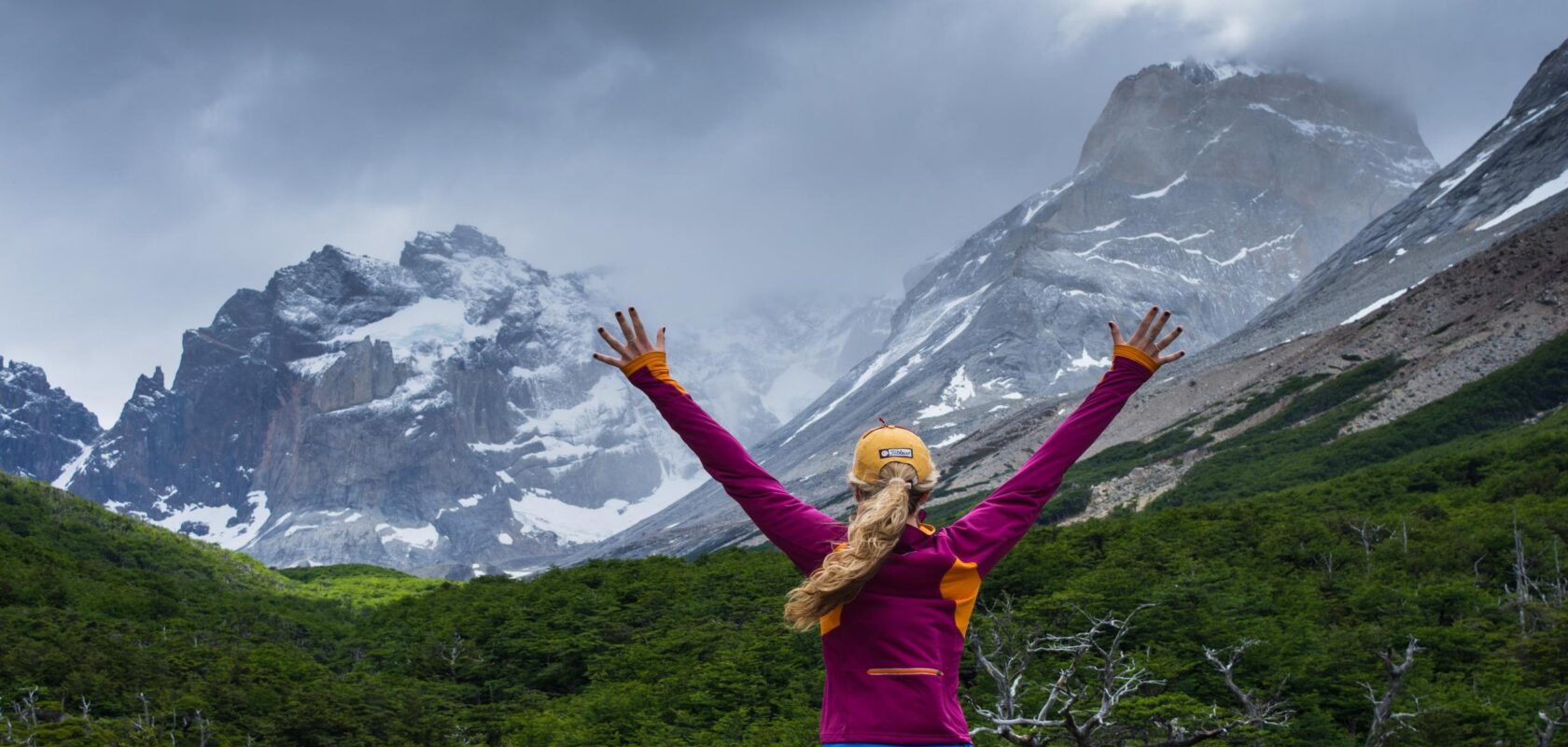
Hiking Trips
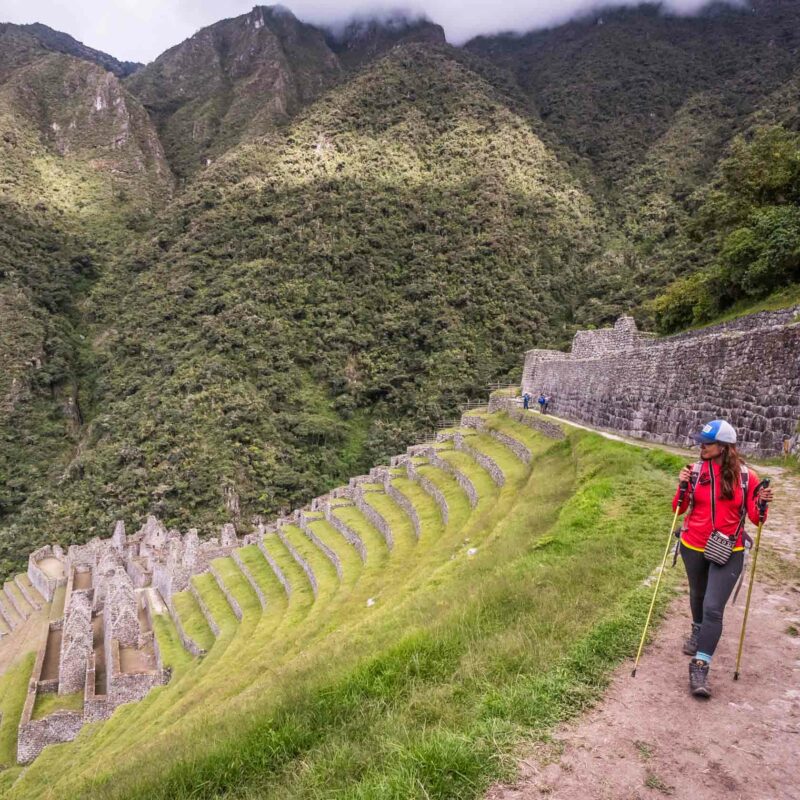
Guided Hiking Adventures
Hiking has always been an essential element of the OARS experience—we’ve been sharing incredible hikes in remote river canyons with our guests since 1969. We’ve since combined our love of hiking with what we do best—guiding—and have established a full series of guided hiking tours.
Designed for our travelers who regularly hike, run, bike, and lead an active lifestyle, OARS-guided hiking trips are thoughtfully designed to meet the needs and interests of our travelers while featuring the very best a region has to offer with local, knowledgeable guides. And whether it’s a hiking-intensive rafting trip through Canyonlands National Park or a lodge-to-lodge trek in Peru, you’ll find all the creature comforts and delicious meals you’ve come to expect on every OARS adventure.
Join us on one of our unique hiking tours and we’ll show you the unforgettable nature of an active OARS vacation.
Find Your Perfect Trip
Hiking
Specialty Trips
Hiking
Yampa River Natural History & Hiking Adventure – 5 Days
Join OARS and discover the natural history of the Yampa River on this rafting and hiking adventure with award-winning author Dr. Patrick Tierney
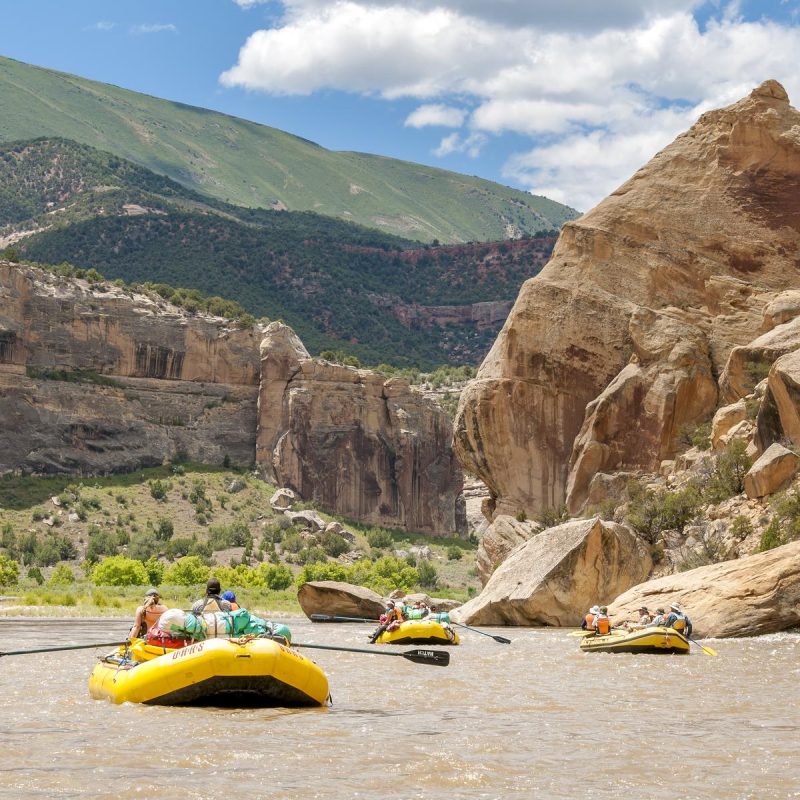
Desolation Canyon Hiker – 6 Days
Discover the beauty of Desolation Canyon on this combination Green River rafting and Utah hiking adventure with OARS
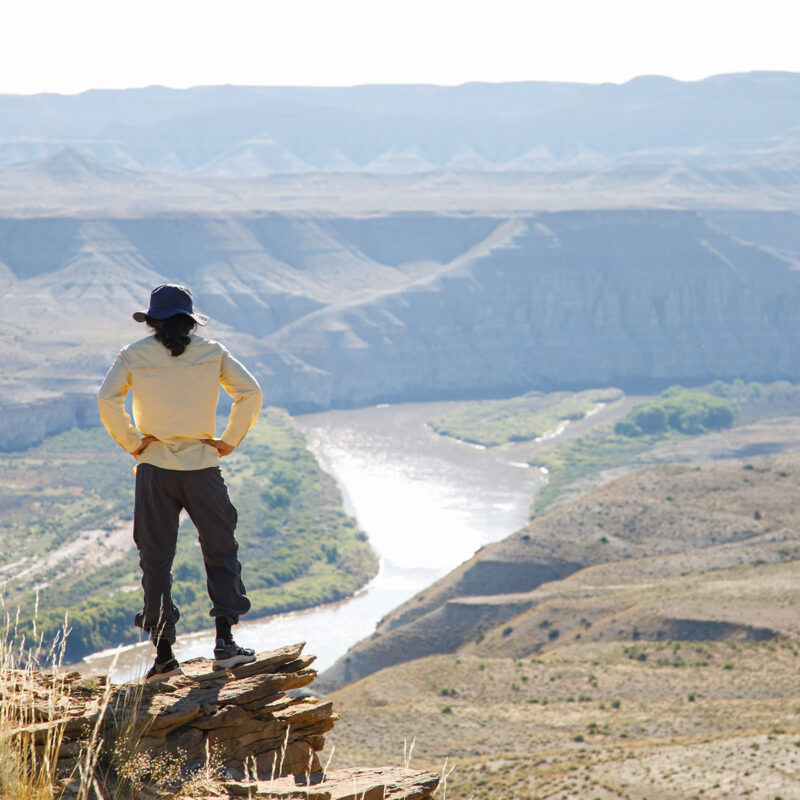
Middle Fork of the Salmon River Hiker – 6 Days
Discover the beauty of Idaho on this combination Middle Fork of the Salmon River rafting and hiking adventure with OARS
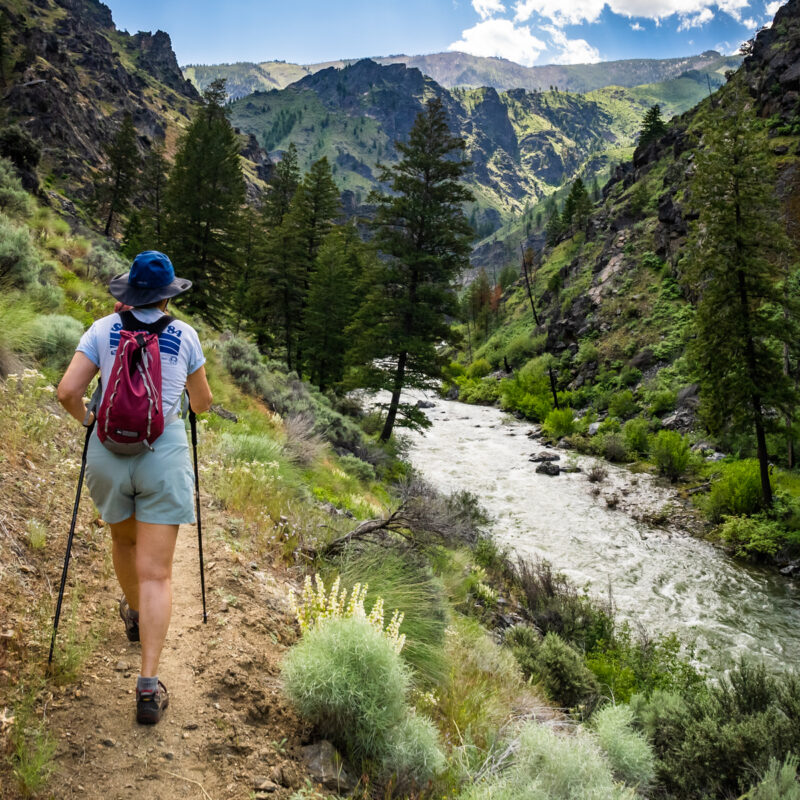
Once in a lifetime trip. Great way to learn about Peruvian history and culture while experiencing a hike back in time. Excellent food, nice tents, great guide – and the weather even cooperated in December!
50th Birthday Tripper from Colorado Inca Trail Trekking Guest
Discover your next OARS Adventure
